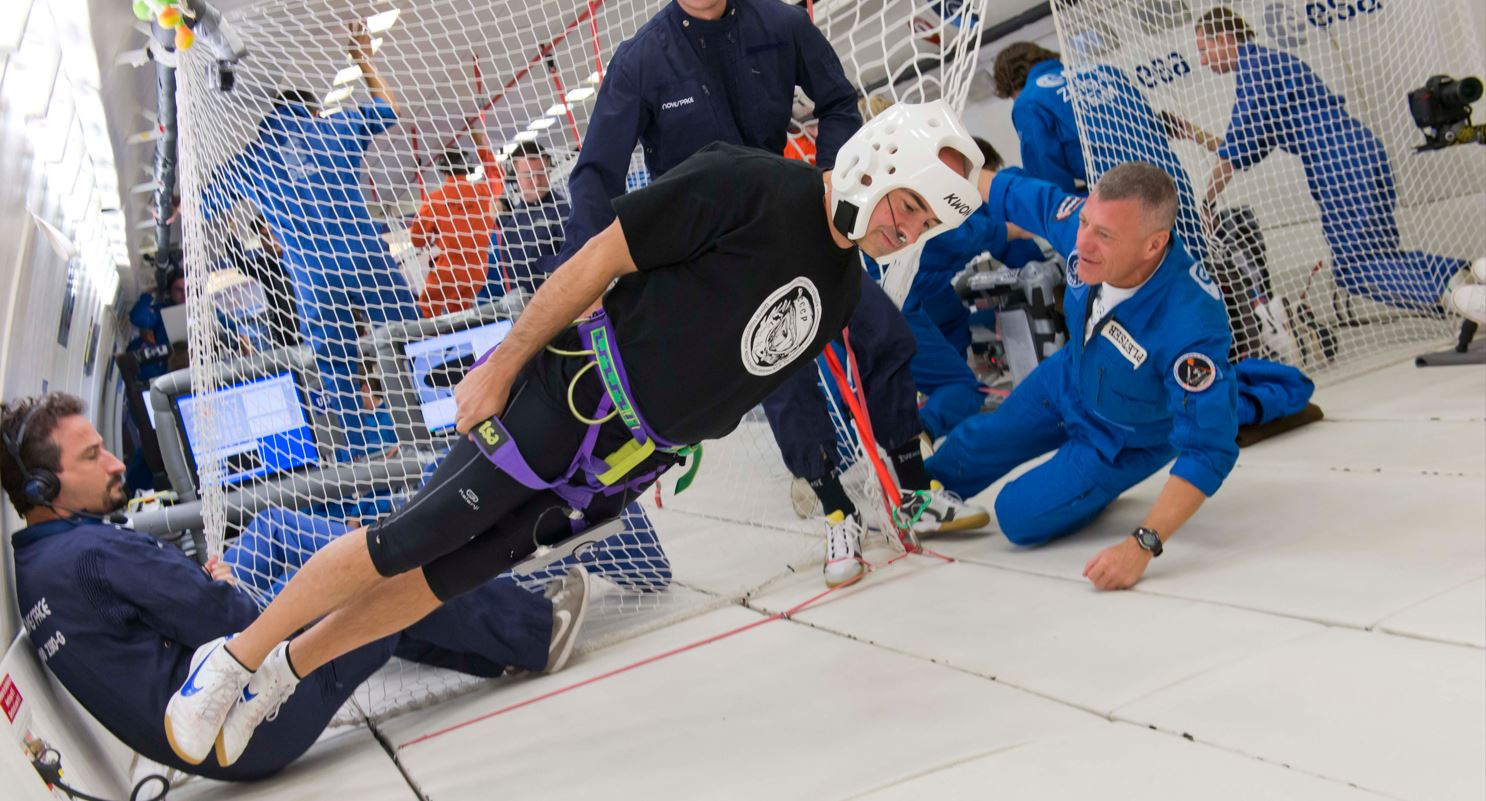More than 10 years of research on astronaut cardiac function in microgravity will soon allow people on Earth in need of frequent heart monitoring to watch out their heart’s health from their homes.
An estimated 49 million people live with cardiovascular disease (CVD) in the EU alone and 1.8 million each year, die due to the disease. This represents 37% of all deaths in the EU each year. Due to the COVID-19 break, the situation has been made worse, as hospitals have postponed many non-urgent and scheduled cardiac consultations and have left many patients with acute symptoms scared of attending the hospitals and anxious and uncertain about their health.
This has highlighted the need for an easy and remote solution to heart monitoring that does not require patients to frequently attend hospitals. HeartKinetics might soon be able to provide this accessible solution, with a technology developed all the way from space.
Born out of the need to tele-monitor the heart’s mechanical function of astronauts in the ISS, HeartKinetics, a business incubated at ESA BIC Belgium, has developed the Kino-cardiography technique (KINO®). The KINO® is a non-invasive telemonitoring solution that allows retrieving information about the heart’s mechanical function, along heart rate and respiration parameters, using a smartphone. Their technology has been tested in several microgravity flights (as part of the B3D project) and validated in bed rest studies.
This innovative device has advanced into a cutting-edge solution to heart monitoring for people here on Earth. This allows you to retrieve information from your heart using a small portable device or your smartphone alone and send it out to be assessed in 2 minutes.
In the case of the smartphone solution using the KINO®1 app, the sensors of your smartphone – accelerators and gyroscope – are used to record the heart’s mechanical activity and rhythm. The smartphone needs to be placed on the thorax and in a matter of minutes, a remote cardiac assessment is established. The diagnostic recommendations2 are then automatically sent to be revised by healthcare professionals.
The technology will be released in the Benelux market as soon as essential CE certifications are obtained; recently, HeartKinetics developed a network of top notch international key opinion leader in the US, which becomes its priority market as it will open the South-East Asia and Middle East markets.
This easily accessible technology will especially benefit people that need follow-ups after being discharged from the hospital for heart failure. Damage to the heart results in the heart losing its ability to pump effectively; being able to track it on time has the potential to save lives.
1 The technology is currently undergoing clinical validation to get approval for use for clinical or therapeutic purposes.
2 The diagnostic recommendation algorithm is undergoing clinical validation. It cannot currently be used for clinical or therapeutical purposes.

Facts and figures
- Research on astronauts’ heart’s mechanical function by ULB (Free University of Brussels) started on the Space Shuttle Spacelab mission D-2 in the 1990s, followed by the ESA/BELSPO B3D project in 2000 on parabolic flights, where the first Kino device is tested, with further validations in bed-rest studies at DLR Envihab.
- In 2017, HeartKinetics receives the Inventors Award of the European Society of Cardiology.
- In 2019, the Kino spin-off is created with ULB-Dev.
- From 2017 to 2021, several clinical studies in leading scientific journals (European Heart Journal, Nature Scientific Reports, European Society of Cardiology Heart Failure, Frontiers of Cardiovascular Medicine) back up the Kino technology.
- In 2021, HeartKinetics’ technology is patented in Europe and China (currently pending in the US) and acquires ISO 13485 certification for the development and sale of medical devices.
- The same year, 3M euro capital is raised from Sambrinvest, Be Angels, Plug & Play and Californian investment fund to further the development and commercialization of the Kino technology.







